10 Best Glycyrrhiza Glabra Preparations
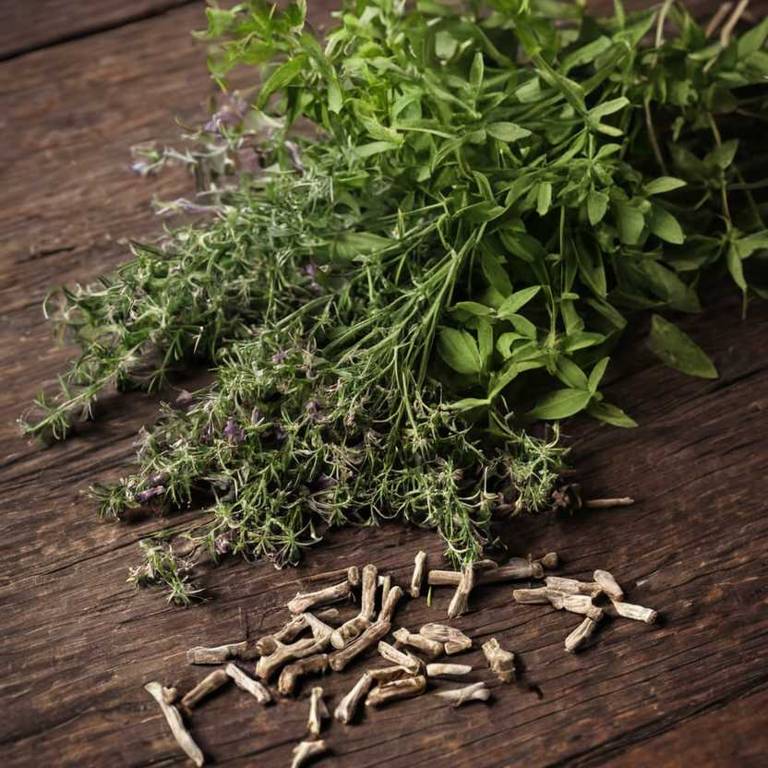
The best medicinal preparations of Glycyrrhiza glabra are teas, decoctions, tinctures, lozenges, and creams, each offering unique benefits for various health conditions.
Herbal teas and decoctions are commonly used to soothe respiratory issues and reduce inflammation.
Tinctures provide a concentrated form of the herb for more potent therapeutic effects.
Lozenges are popular for easing sore throats and coughs, while creams are applied topically to treat skin irritations and inflammation.
These preparations highlight the versatility and effectiveness of Glycyrrhiza glabra in traditional and modern herbal medicine.
Below there's a list of the 10 best herbal preparations of glycyrrhiza glabra for medicinal purposes.
- 1. Teas
- 2. Decoctions
- 3. Tinctures
- 4. Lozenges
- 5. Creams
- 6. Syrups
- 7. Linctuses
- 8. Capsules
- 9. Oinments
- 10. Oils
1. Teas
Glycyrrhiza glabra teas is commonly used to support respiratory health, soothe digestive issues, and alleviate symptoms of inflammation.
It is often employed to treat conditions such as coughs, sore throats, gastritis, and inflammatory disorders like rheumatism. The bioactive constituents responsible for its medicinal properties include glycyrrhizin, flavonoids, saponins, and polyphenols, which exhibit anti-inflammatory, antimicrobial, and antiviral effects. Additionally, it may help regulate stress by influencing cortisol levels.
However, prolonged use can lead to side effects such as hypertension, so it should be used under professional guidance.
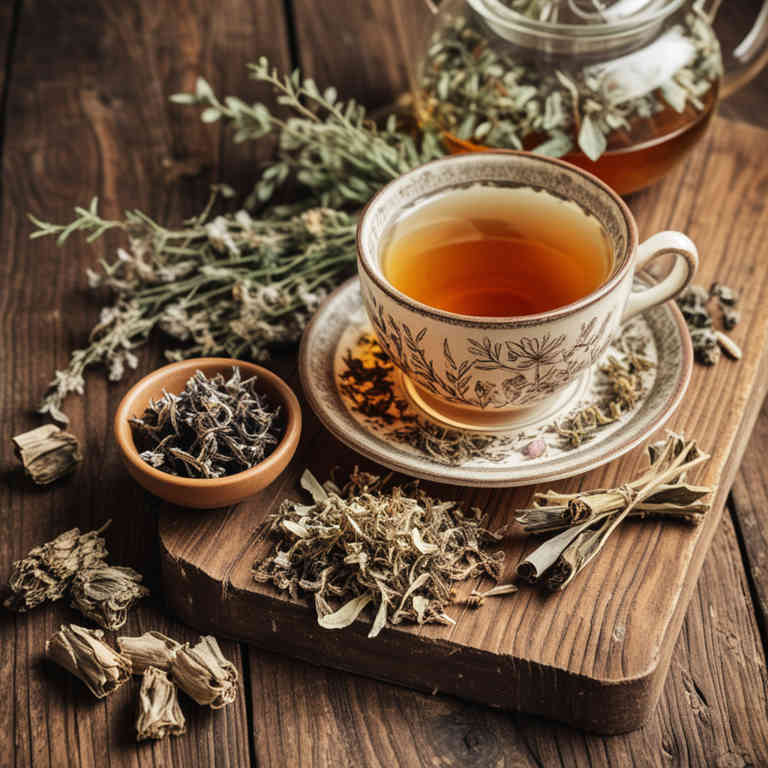
2. Decoctions
Glycyrrhiza glabra decoctions is commonly used to treat respiratory, digestive, and inflammatory conditions.
These decoctions are frequently employed for ailments such as coughs, bronchitis, peptic ulcers, and skin irritations. The bioactive constituents responsible for its medicinal properties include glycyrrhizin, flavonoids, saponins, and polysaccharides. Glycyrrhizin exhibits anti-inflammatory and antiviral effects, while flavonoids contribute to antioxidant and immunomodulatory activities.
These compounds work synergistically to provide the therapeutic benefits associated with licorice root decoctions.
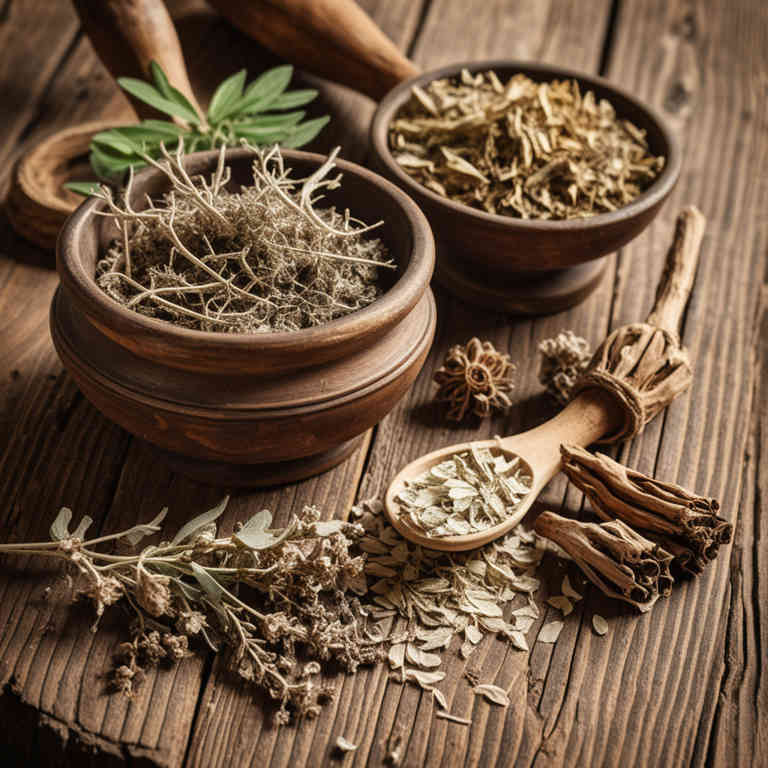
3. Tinctures
Glycyrrhiza glabra tinctures is commonly used to support respiratory health, soothe digestive issues, and reduce inflammation.
They are often employed to treat ailments such as coughs, bronchitis, ulcers, and skin conditions. The most common medicinal uses include alleviating symptoms of colds, sore throats, and gastrointestinal disorders. The bioactive constituents responsible for these effects include glycyrrhizin, flavonoids, saponins, and various polysaccharides.
These compounds exhibit anti-inflammatory, antiviral, and immunomodulatory properties, contributing to the tincture's therapeutic value.
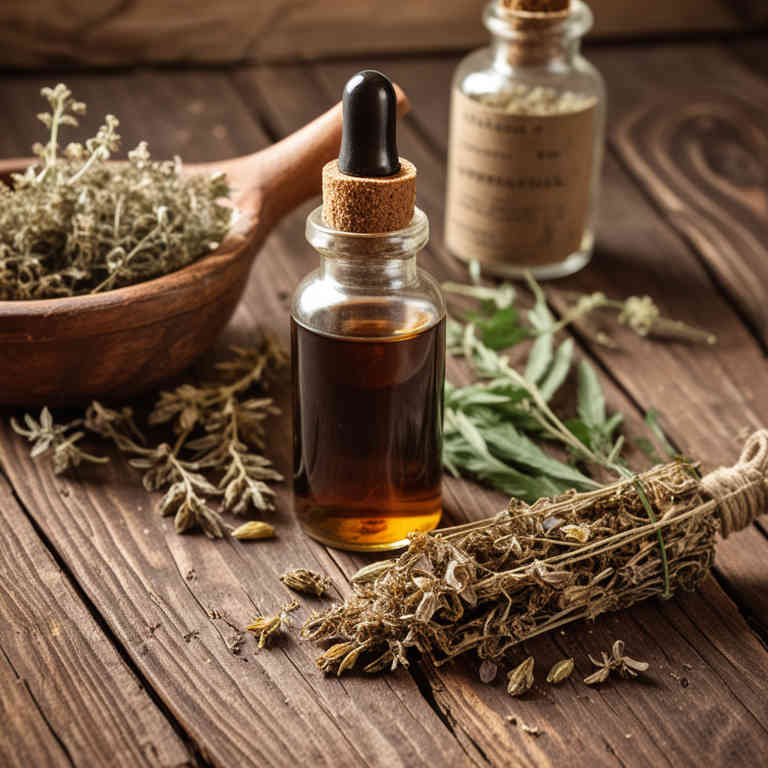
4. Lozenges
Glycyrrhiza glabra lozenges is commonly used to alleviate symptoms of respiratory and throat conditions, such as sore throat, cough, and inflammation.
These lozenges are also used to treat digestive issues like indigestion and stomach ulcers due to their anti-inflammatory and soothing properties. The most common medicinal uses include relief from respiratory infections, inflammation of the throat, and as a mild expectorant to help clear mucus. The bioactive constituents responsible for these effects include glycyrrhizin, which has anti-inflammatory and antiviral properties, as well as flavonoids and saponins that contribute to its therapeutic benefits.
Additionally, the compound licorice acid helps in reducing irritation and promoting healing in the mucous membranes.
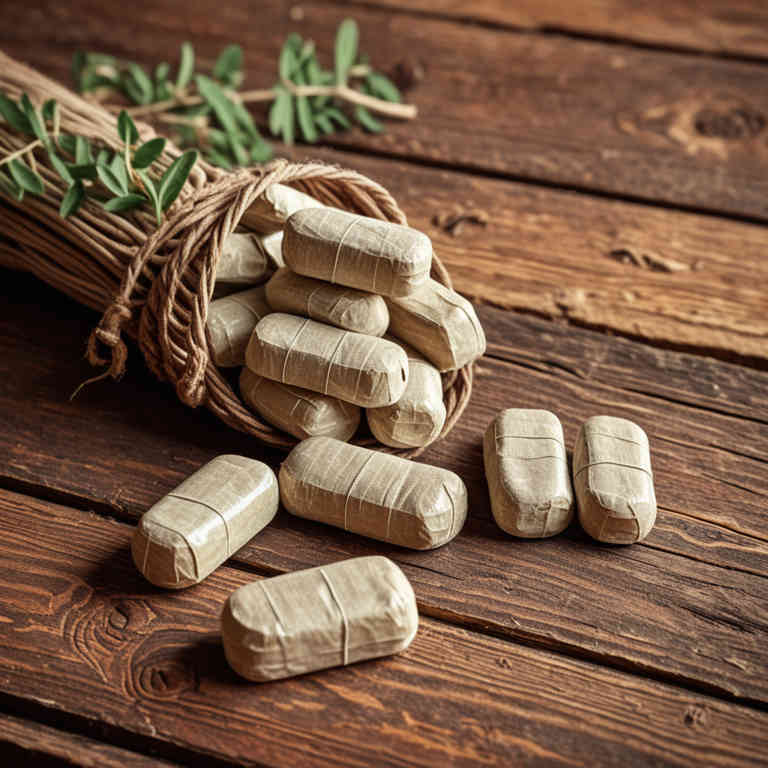
5. Creams
Glycyrrhiza glabra creams is commonly used to treat skin conditions such as eczema, psoriasis, and inflammation.
These creams are often applied topically to reduce redness, irritation, and itching associated with various dermatological issues. The most common medicinal uses include alleviating symptoms of respiratory infections, digestive disorders, and skin inflammation. The bioactive constituents responsible for its medicinal properties include glycyrrhizin, flavonoids, saponins, and alkaloids, which exhibit anti-inflammatory, antimicrobial, and immune-modulating effects.
These compounds work together to provide therapeutic benefits in both topical and systemic applications.
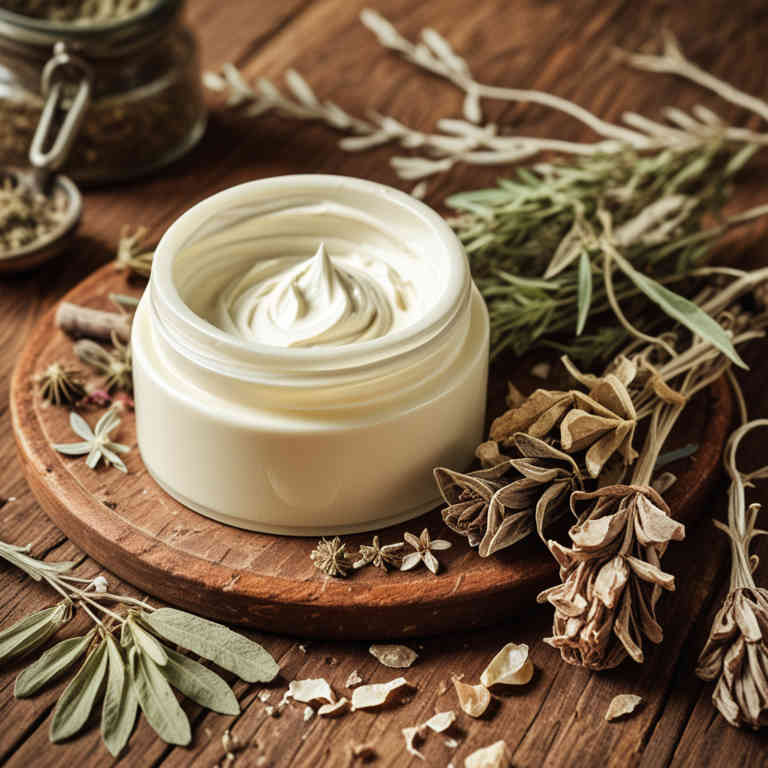
6. Syrups
Glycyrrhiza glabra syrups is commonly used to treat respiratory conditions, digestive issues, and skin disorders due to its anti-inflammatory and antiviral properties.
The most common medicinal uses include alleviating symptoms of coughs, bronchitis, and sore throats, as well as soothing gastrointestinal inflammation and promoting healing of skin conditions like eczema. The bioactive constituents responsible for these effects include glycyrrhizin, flavonoids, saponins, and various polysaccharides, which exhibit anti-inflammatory, immunomodulatory, and antiviral activities. These compounds work synergistically to reduce inflammation, enhance immune response, and combat viral infections.
However, long-term use may lead to side effects such as hypertension due to the mineralocorticoid-like effects of glycyrrhizin.
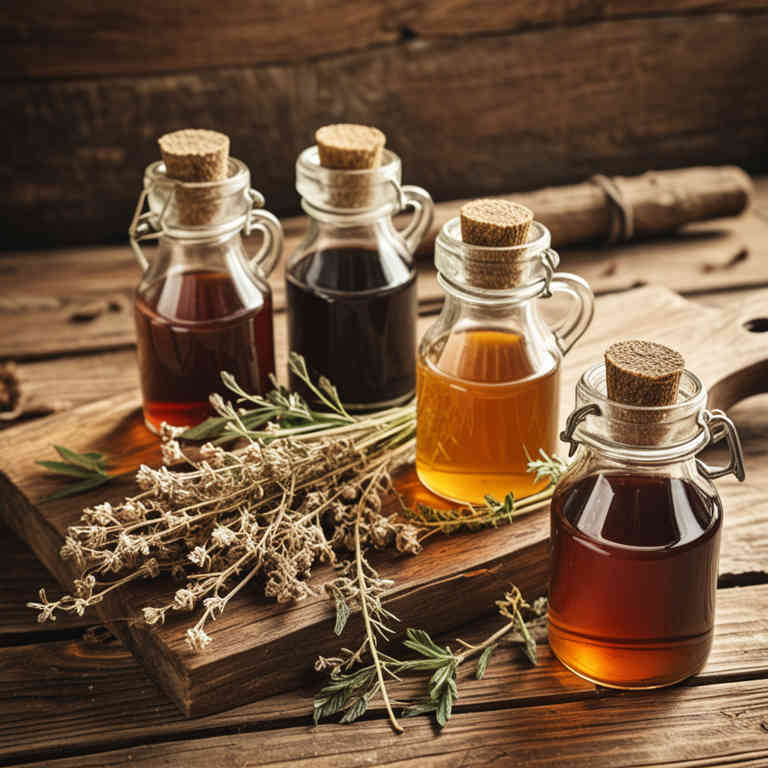
7. Linctuses
Glycyrrhiza glabra linctuses is commonly used to soothe respiratory conditions and relieve coughing.
It is frequently employed in the treatment of bronchitis, asthma, and other inflammatory lung disorders. The preparation is also used to alleviate sore throat and reduce irritation in the upper respiratory tract. The bioactive constituents responsible for its medicinal properties include glycyrrhizin, flavonoids, saponins, and polysaccharides, which have anti-inflammatory, antiviral, and expectorant effects.
These compounds work synergistically to reduce mucus production, ease breathing, and combat viral infections.
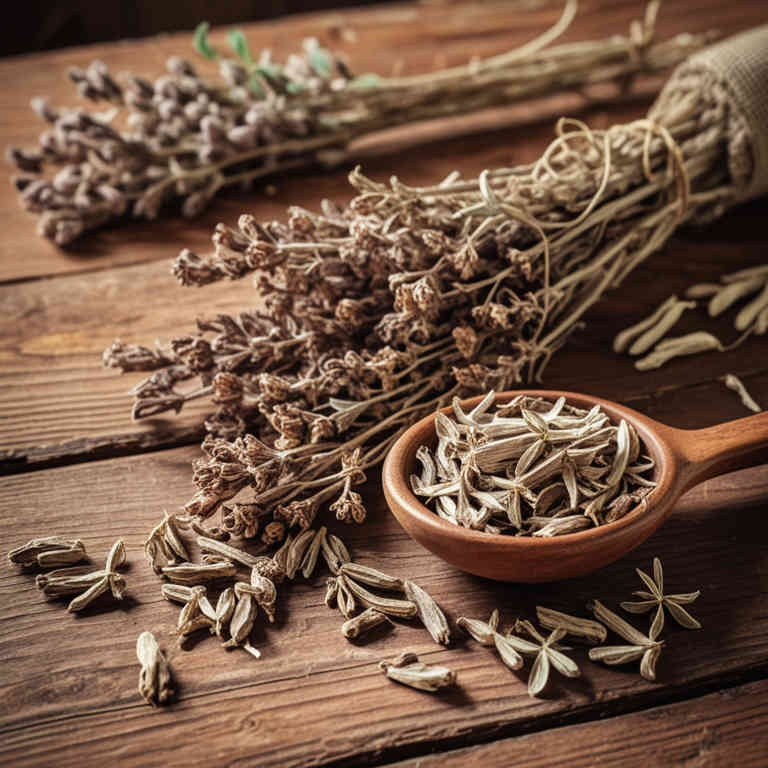
8. Capsules
Glycyrrhiza glabra capsules is commonly used to treat respiratory conditions, digestive issues, and skin disorders.
They are often employed for alleviating symptoms of coughs, sore throats, and inflammatory conditions like bronchitis. The capsules are also used in traditional medicine to manage stress and support adrenal function. The most common medicinal uses include treating colds, asthma, peptic ulcers, and inflammatory skin conditions such as eczema.
Bioactive constituents such as glycyrrhizin, flavonoids, saponins, and polyphenols contribute to its anti-inflammatory, antiviral, and immunomodulatory properties.

9. Oinments
Glycyrrhiza glabra oinments is commonly used to treat skin conditions, respiratory issues, and inflammatory disorders.
These preparations are frequently applied for ailments such as eczema, psoriasis, coughs, and sore throats. The bioactive constituents include glycyrrhizin, flavonoids, saponins, and polysaccharides, which exhibit anti-inflammatory, antimicrobial, and immunomodulatory effects. Glycyrrhizin is particularly noted for its ability to reduce inflammation and soothe mucous membranes.
Additionally, the ointments may help alleviate symptoms of digestive tract irritation and respiratory infections.

10. Oils
Glycyrrhiza glabra oils is commonly used to treat respiratory tract infections, digestive disorders, and skin conditions due to its anti-inflammatory, antimicrobial, and soothing properties.
It is often employed in the management of coughs, bronchitis, and sore throats, as well as for alleviating symptoms of indigestion and ulcers. The oil is also applied topically to reduce inflammation and promote healing of wounds and eczema. The bioactive constituents responsible for these effects include glycyrrhizin, flavonoids, saponins, and essential oils such as linalool and geraniol.
These compounds work synergistically to provide the plant's therapeutic benefits.
